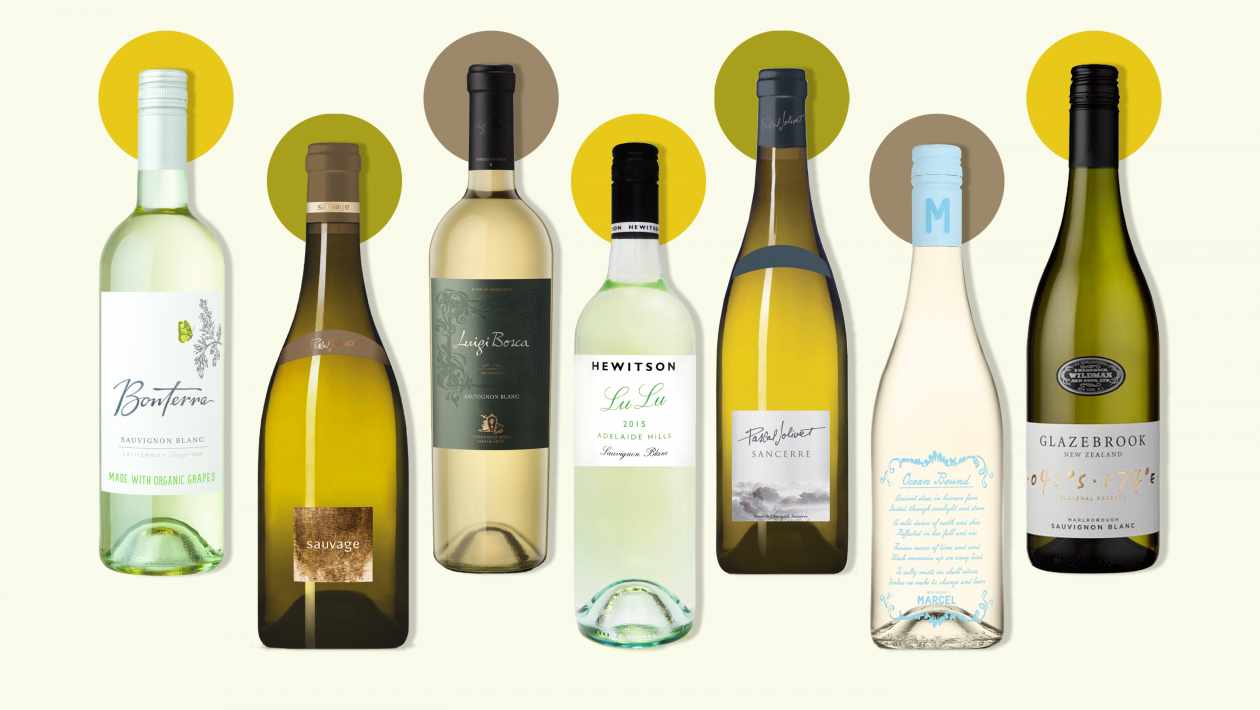Sauvignon Blanc: California Versus Chile
Table of Contents
Sauvignon blanc is green-skinned grapes originally cultivated in the Bordeaux region of France. In French, sauvignon derives from the word “Sauvage,” which means wild, apropos for the vines that grow in ways similar to wild grapevines. In this blog, you will know about the Difference Between Sauvignon Blanc from California and Chile.
The grapes produce a crisp, dry, highly acidic white wine known for flavors that range from grassy and herbal to juicy and tropical. While the wine is produced in a wide range of wine regions around the world, two popular varieties come from California and Chile.
Similarities and Differences Between Sauvignon Blancs
The climate in both California and Chile are similar, but the wine produced in each can have vastly different flavors. Factors such as regional growing conditions, soil, climate, and environment give the wines their distinctive characteristics.
Many of the finest sauvignon blanc vineyards are located along Chile’s western coastline, where the valleys welcome cool ocean breezes. The wines produced there feature flavors of grass, lime, green banana, and pineapples. While many sauvignon blancs are known for their green flavors, Chilean sauvignons are often more citrusy with bold grapefruit, passion fruit, or lime notes.
Three primary California regions producing sauvignon blanc include Napa, Sonoma, and Mendocino. Conditions in this coastal wine country are similar to a dry Mediterranean climate which is ideal for growing fine wine grapes. The sauvignon blanc produced here are known for their flavors of white peach, grapefruit, and melon as well as pineapple and green apple.
Sauvignon Blanc Food Pairings
Because of its crisp flavors and medium-to-light body, sauvignon blanc pairs well with an assortment of foods. Serve it with lighter meats such as chicken, turkey, crab, or salmon. Its herbaceous flavorings go particularly well with more delicate sauces, such as chicken with citrus sauce and lime cilantro.
Pair sauvignon blanc with soft, flavorful cheeses such as goat cheese, Gouda, mozzarella, or feta when serving appetizers. A chilled glass of sauvignon blanc brings out the flavors of mini lobster grilled cheese or spinach puffs with cream cheese.
If you’re going vegetarian, sauvignon blanc beautifully compliments a garden full of vegetables, including cucumber, zucchini, asparagus, arugula, tomato, artichoke, and eggplant. A Greek pasta salad or fried zucchini always tastes better with a glass of sauvignon.
Serving Sauvignon Blanc
Whether you’re popping open a bottle from California, Chile, or any other country that creates this wonderful wine, you’ll want to serve sauvignon blanc perfectly chilled. If served warm, you’ll notice the taste of the alcohol overpowers the fruit and acidic flavors. Conversely, if served too cold, the flavors and aromas are dulled.
The optimal temperature for serving sauvignon blanc is between 50-55 degrees Fahrenheit. You can achieve that chill with two hours in the refrigerator or 30 minutes in an ice water bath. Unfinished bottles can be corked and stored in the refrigerator for up to four days, after which time the wine will begin to oxidize. At that point, you can still use it for cooking your favorite sauces or whip up a wine vinaigrette for your salad.
Jon Notarius is the Vice President of Premier Gourmet Corp. which operates the store’s online business via WineDeals.com.

